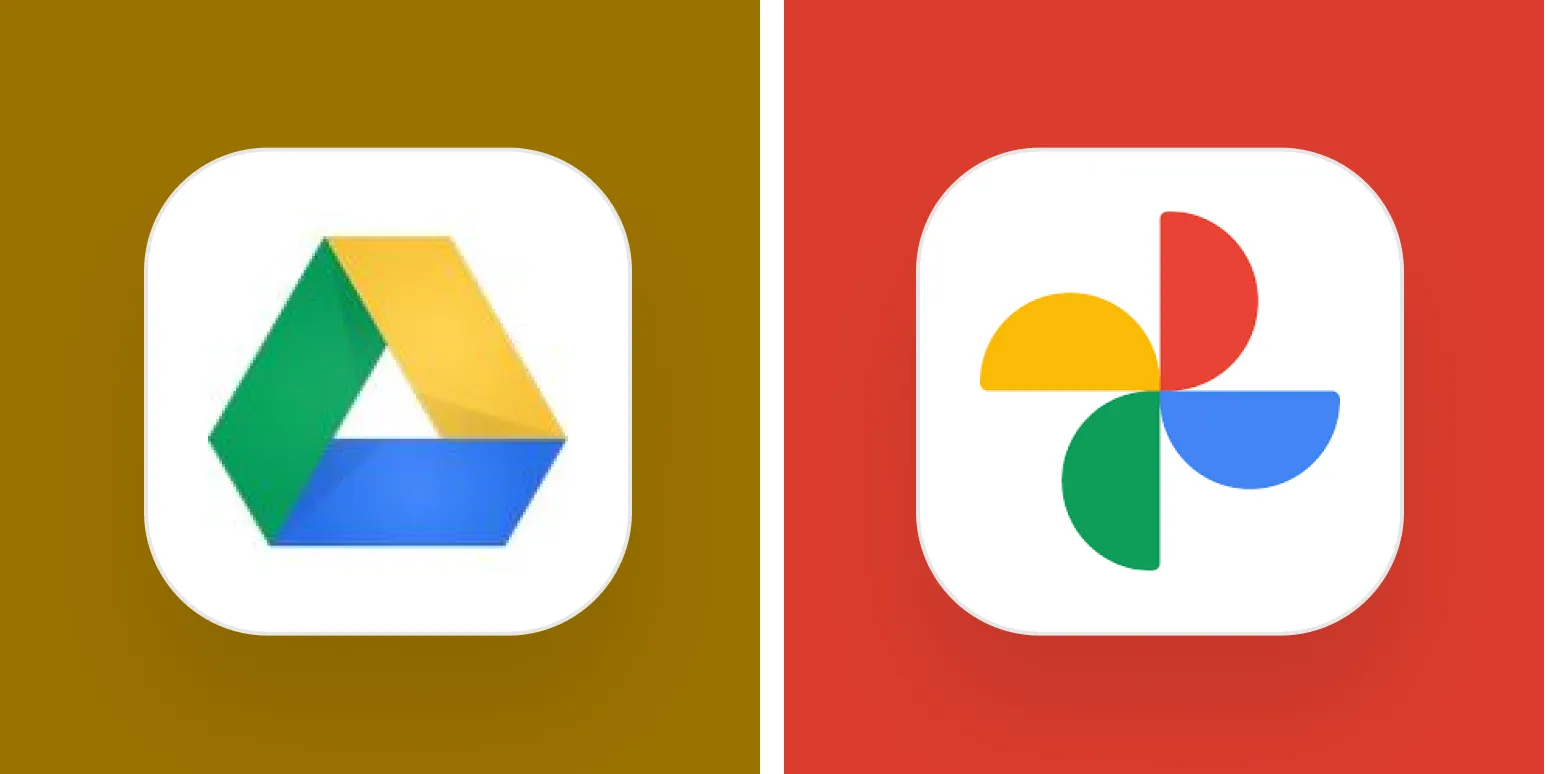Overview of Pipedrive and HubSpot
Pipedrive and HubSpot are two leading Customer Relationship Management (CRM) platforms that cater to businesses of all sizes. While both tools aim to streamline sales processes and enhance customer relationships, they offer different features, pricing structures, and user experiences. Understanding what each platform excels at can help you make an informed decision about which CRM is right for your business in 2025.
Key Features Comparison
When considering a CRM, evaluating the key features is essential. Below is a comparative chart that highlights the core functionalities of Pipedrive and HubSpot:
| Feature | Pipedrive | HubSpot |
|---|---|---|
| Sales Pipeline Management | Highly customizable pipelines with visual representations | Visual pipeline but less customizable than Pipedrive |
| Email Integration | Strong email integration with tracking capabilities | Robust email tools with marketing automation features |
| Lead Management | Efficient lead tracking and management | Advanced lead scoring and segmentation |
| Reporting & Analytics | Detailed reporting features | Comprehensive analytics with marketing insights |
| Mobile App | Functional mobile app for on-the-go access | Feature-rich mobile app with extensive capabilities |
Pricing Structure
Pricing is a critical factor when choosing a CRM. Here’s a breakdown of the pricing plans for both Pipedrive and HubSpot:
| Plan | Pipedrive | HubSpot |
|---|---|---|
| Basic | $15/user/month | Free (limited features) |
| Advanced | $29/user/month | $45/user/month |
| Professional | $59/user/month | $800/month (for 5 users) |
| Enterprise | $99/user/month | Custom pricing |
As seen in the pricing structure, Pipedrive offers more affordable options for smaller teams, while HubSpot’s free tier provides a good entry point for businesses looking to start with CRM solutions.
User Experience
The user experience can significantly influence how effectively your team adopts a CRM. Here’s how Pipedrive and HubSpot compare:
Pipedrive is known for its intuitive interface and straightforward navigation, making it easy for sales teams to adopt. The visual sales pipeline is a standout feature, allowing users to drag and drop deals through different stages, which can greatly enhance productivity.
HubSpot, on the other hand, provides a more comprehensive suite of tools that combine CRM functionalities with marketing, customer service, and content management systems. While this integration can be beneficial, some users find the learning curve steeper due to the abundance of features.
Integrations
Integrations are crucial for extending the capabilities of your CRM. Both Pipedrive and HubSpot offer various integrations with third-party applications:
| Integration Category | Pipedrive | HubSpot |
|---|---|---|
| Email Marketing | Integrates with Mailchimp, ActiveCampaign | Native tools and various integrations |
| Account Management | Integrations with Slack, Trello | Broad range of integrations including Zapier |
| Customer Support | Integrations with Zendesk, Intercom | Built-in customer service tools |
Which CRM is Right for You?
Choosing between Pipedrive and HubSpot ultimately depends on your business’s unique needs. Here are some considerations:
If your primary focus is on sales and pipeline management, and you prefer a straightforward, user-friendly interface, Pipedrive may be the better option. Its pricing structure is also more appealing for small to medium-sized businesses looking for cost-effective solutions.
Conversely, if you require a comprehensive marketing and CRM tool that integrates seamlessly with other functions like customer service and content management, HubSpot might be the right choice. The extensive capabilities of HubSpot can help you manage various aspects of your business in one platform.
Conclusion
In conclusion, both Pipedrive and HubSpot have their strengths and weaknesses. Assess your business goals, team size, and budget to determine which CRM aligns best with your needs. By making an informed choice, you can enhance your sales processes and improve customer relationships effectively in 2025 and beyond.





